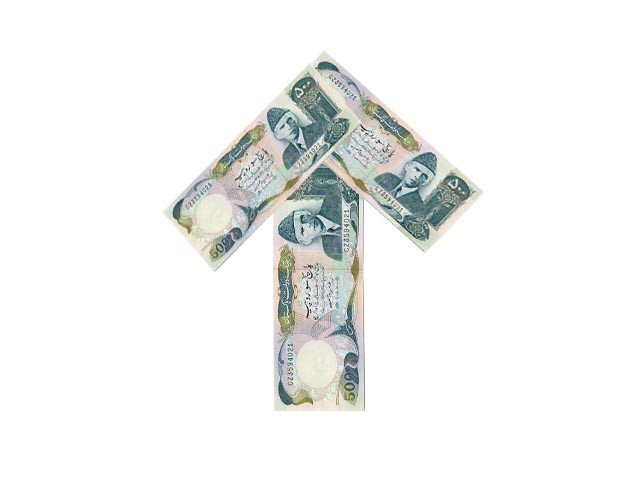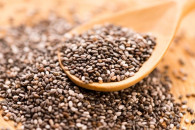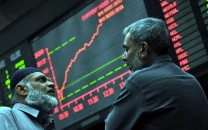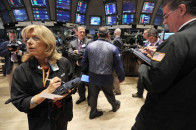A snapshot of inflation in Pakistan
The problem of uncontrollable inflation needs a revisit and directed measures.

Although the trend is not more than a fluctuation in overall movement, policymakers are keen to see it as a manifestation and indication of improving macroeconomic stability. It should be kept in mind that the decrease in inflation recorded during the month cannot be attributed to policy efforts, but is due to global factors – mainly the slump in international oil prices. Policymakers should instead be asking themselves why the average consumer has not benefitted from this trend.
Some economists have also criticised the methods used in calculating inflation, which they say do not reflect the actual picture of rising price levels. For instance, the CPI is considered the most accurate measure of inflation, as it takes the prices of most necessary consumer items into account. But the basket of goods used to calculate the average Pakistani consumer’s CPI is quite hodgepodge: therefore, even as the CPI depicts decreasing inflation, consumers are faced with an entirely different situation. Similar views are expressed about the other indices. The dubiety of these methods also comes to light when figures regarding inflation published by different organisations and authorities often contradict with each others’.
Keeping such criticisms aside, we may also ask why inflation – actual or portrayed – continues to soar in Pakistan, as compared to other economies in the region. Various triggers drive up inflation every year: it seems that fiscal policy repercussions are more relevant then monetary policy effects in this regard. Inflation dropped during July 2012 just because oil prices were slashed at the beginning of the month. On the other hand, monetary policy seems to be almost neutral in curbing inflation. After 2008, interest rates have witnessed a rising trend, due, in part, to standby loan agreements with the IMF. The IMF had dictated tightening of the monetary policy as a precondition for its financial help: but adopted measures have all but failed to control inflation. The State Bank has now quickly moved to ease monetary policy at the first signs of an ease in inflationary pressure.
Other measures aimed at curbing inflation; such as subsidies, ‘sasta bazaars’ and utility stores; are also largely ineffective due to their limited scope in cater to a larger part of the country’s population. It seems that the only way to reduce inflationary pressures is to minimise costs of doing business and controlling the fiscal deficit with practical, well-directed measures.
THE WRITER HOSTS BUSINESS TALK SHOWS ON FM 101 AND RADIO PAKISTAN AND IS PURSUING A MPHIL DEGREE IN ECONOMICS
Published in The Express Tribune, August 20th, 2012.



















COMMENTS
Comments are moderated and generally will be posted if they are on-topic and not abusive.
For more information, please see our Comments FAQ